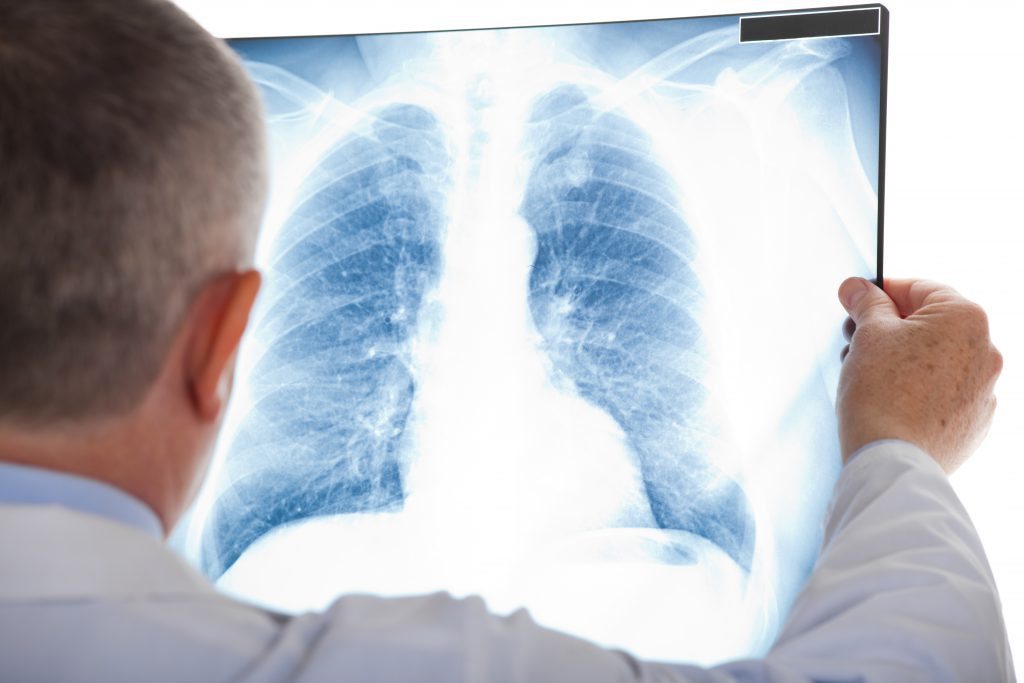Asbestos Exposure
Many American workers, across a variety of industries, were exposed to asbestos on the job. As a result, they are now at risk to develop mesothelioma.
Long considered a miracle material, asbestos boasts excellent fire- and heat- resistant properties. This naturally-occurring mineral, now known to be a human carcinogen (cancer-causing agent), has a history that dates back to ancient Greece. Asbestos was used as a building material, even as far back as during the Roman Empire. Asbestos was a component of fabric that would be used in clothing and a variety of other textiles.
During the Industrial Revolution, asbestos use grew in factories and other heavy industries throughout the United States.
Asbestos was used not only in factories, but also in oil refineries, chemical plants, on railroad cars, and in shipyards. Asbestos materials were used to insulate pipes and boilers in steam locomotives, to line tanks and ovens in refineries, and could be found literally everywhere aboard the nation’s ships, from engine rooms to galleys. As the twentieth century progressed, more uses for asbestos were found. It was used in the brakes and clutches of automobiles, insulated America’s new skyscrapers, and was used extensively in the construction industry, where it was used in asbestos products like joint compounds, cements, roofing shingles, ceiling and floor tiles, siding, stucco, plaster, and much more. Those workers at risk included any that worked in an asbestos-heavy industry or frequently handled asbestos products.
If you worked at a jobsite where asbestos or asbestos containing products were used, you may be at risk to develop mesothelioma, cancer or asbestosis.
Exposure usually occurred at major construction job sites, in shipyards, aboard navy vessels, and during construction or renovation of commercial buildings. People working in the vicinity of boilers and insulated piping often are at risk. In addition, teachers, students, and other staff members who work in older school buildings may be at risk of exposure to asbestos products, such as ceiling or floor tiles. Equally at risk are families of these workers, as asbestos often was carried home on clothing.

